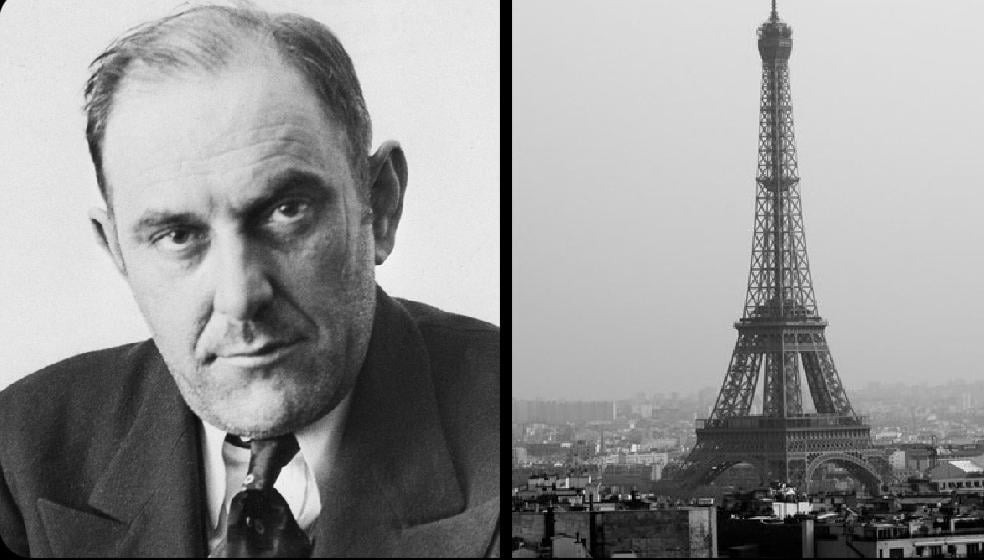
In 1925, Lustig traveled back to France. While staying in Paris, he chanced upon a newspaper article discussing the problems faced with maintaining the Eiffel Tower, which gave him inspiration for a new con. The monument had begun falling into disrepair, and the city was finding it increasingly expensive to maintain and repaint it. Part of the article made a passing comment that overall public opinion on the monument would move towards calls for its removal, which was the key to convincing Lustig that using it as part of his next con would be lucrative.After researching what he needed to help him utilize the information from the article, Lustig set to work preparing the scam, which included hiring a forger to produce fake government stationery for him.
Once he was ready, Lustig invited a small group of scrap metal dealers to a confidential meeting at an expensive hotel, whereupon he identified himself to them as the Deputy Director-General of the Ministère de Postes et Télégraphes (Ministry of Posts and Telegraphs).In the meeting, he convinced the men that the upkeep of the Eiffel Tower was becoming too much for Paris and that the French government wished to sell it for scrap, but that because such a deal would be controversial and likely spark public outcry, nothing could be disclosed until all the details were thought out. Lustig revealed that he was in charge of selecting the dealer who would receive ownership of the structure, claiming that the group had been selected carefully because of their reputations as “honest businessmen”. His speech included genuine insight about the monument’s place in the city and how it did not fit in with the city’s other great monuments like the Gothic cathedrals or the Arc de Triomphe.
During his time with the dealers, Lustig kept watch on who would be the most likely to fall for his scam and found his mark in André Poisson—an insecure man who wished to rise up amongst the inner circles of the Parisian business community.As Poisson showed the keenest interest in purchasing the monument, Lustig decided to focus on him once the dealers sent their bids to him.Arranging a private meeting with Poisson, Lustig convinced him that he was a corrupt official, claiming that his government position did not give him a generous salary for the lifestyle he wished to enjoy.Believing the sale of the Eiffel Tower would secure him a place amongst the top businessmen, Poisson agreed to pay a large bribe to secure ownership of the Eiffel Tower. However, once Lustig received his bribe and the funds for the monument’s “sale” (around 70,000 francs), he soon fled to Austria.
Lustig suspected that when Poisson found out he had been conned, he would be too ashamed and embarrassed to inform the French police of what he had been caught up in, yet despite this belief, he maintained a check on newspapers while in Austria. His suspicions soon proved to be correct when he could find no reference of his con within their pages, and thus he decided to return to Paris later that year to pull off the scheme once more.However, when Lustig attempted to con another group of dealers and had managed to find a mark among them willing to buy the Eiffel Tower, the police were informed about the scam and he fled to the U.S. to evade arrest.